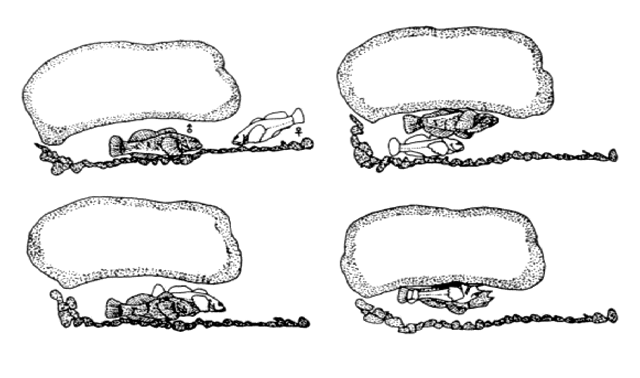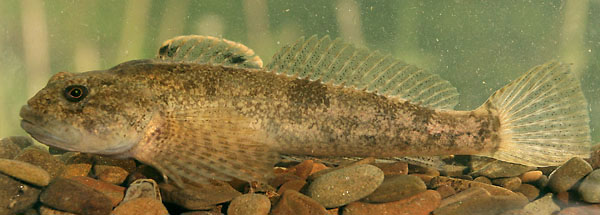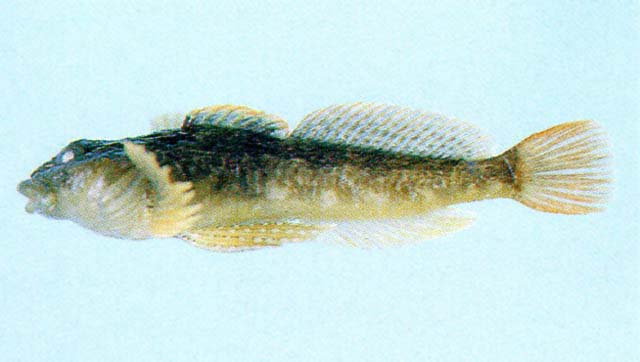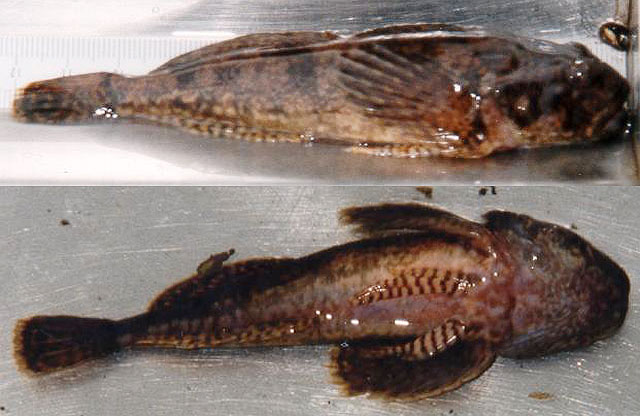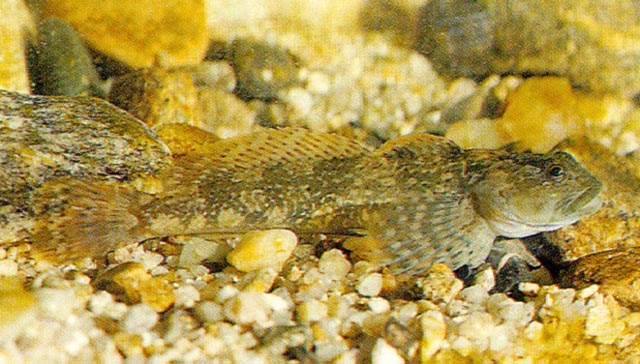Cottus poecilopus Heckel, 1837
Description
Anal soft rays: 13 - 15. Differs from all other species of Cottus in Europe by possessing spatulate prickles; pelvic-fin rays tessellated, with 5-15 distinct rows of spot, appearing as transverse bands; and 2 chin pores. Additional characters useful in the identification of this species include: lateral line clearly above midline of body (shared only with C. koshewnikowi); lateral line clearly above midline of body; lateral line incomplete, usually reaching to anal-fin base; and prickling restricted to body under pectoral fin (Ref. 55856).
Common Names
Taxonomic Hierarchy
Kingdom: Animalia
Phylum: Chordata
Class: Teleostei
Order: Perciformes/Cottoidei
Family: Cottidae
Genus: Cottus
Species: Cottus poecilopus Heckel, 1837
Climate Zone
Location
Biology
Inhabits northern, and mountain and foothill streams, and oligotrophic lakes. Found in fast-flowing waters of coastal streams, rivers, inland lakes, usually on stony bottoms (Ref. 4698). Moves downstream to estuaries and tolerates brackish waters (Ref. 4698). Feeds on algae (diatoms, desmids, blue-green algae), polychaetes, crustaceans, aquatic insect larvae and nymphs (Ephemeroptera, Trichoptera, Plecoptera, Chironomidae), fish eggs and larvae.
Habitat
brackish
